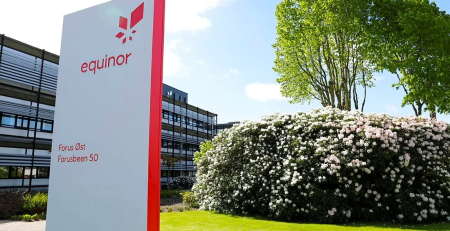Is ethics still a checklist at your organization?
From Compliance to Culture: Embedding Ethical Growth in Organizational DNA”
Executive Summary
For decades, businesses treated ethics as a matter of compliance—boxes to tick, codes to display, risks to manage. But today, this mindset is dangerously outdated. Leading organizations are shifting from performative compliance to deeply embedded ethical cultures that inform every decision, every policy, and every stakeholder interaction. In this paper, H.G&W explores how this transformation occurs, the risks of inaction, and the strategic advantage gained when ethics becomes the foundation—not the afterthought—of enterprise growth.
1. The Evolution: From Rulebook to Guiding Belief System
In the past, ethics was synonymous with legal compliance. Companies feared reputational and regulatory fallout and responded by creating guidelines and handbooks.
But scandals like Volkswagen’s emissions fraud, Facebook’s data misuse, and Boeing’s safety compromises revealed that even with extensive compliance frameworks, ethical breakdowns could occur—and damage brand equity, stakeholder trust, and stock value overnight.
Organizations today realize that compliance isn’t culture. A genuine ethical culture must:
-
Start at the top with authentic leadership
-
Be lived, not laminated
-
Influence everyday decisions, especially in grey zones where laws are silent
2. Why Culture Is the Future of Ethics
A. Ethics Builds Long-Term Competitive Advantage
Companies with strong ethical cultures outperform competitors in:
-
Risk management
-
Talent attraction and retention
-
Customer loyalty
-
Investor confidence
B. Ethics Future-Proofs Your Brand
As global social movements (e.g. climate justice, racial equity, fair labor) grow stronger, companies are held to higher moral standards. Ethical missteps can go viral, sparking boycotts and loss of license to operate.
C. Ethical Culture Drives Innovation
Safe environments encourage employees to voice concerns, challenge assumptions, and ideate without fear. Innovation thrives where ethics guide risk-taking.
3. Building a Culture of Ethical Growth: The Core Pillars
A. Leadership by Example
Ethical cultures begin with leaders:
-
Walk the talk: CEOs and executives must visibly make ethics-based decisions.
-
Share failures, not just wins, to reinforce accountability and humility.
B. Aligning Systems and Incentives
-
Design KPIs that reward ethical behavior, not just financial performance.
-
Integrate ethics into onboarding, performance reviews, and promotions.
C. Embedding in Daily Operations
-
Regular ethics conversations—not just annual trainings
-
Real-life scenario-based workshops
-
Ethics integrated into strategic planning, procurement, marketing, product design
D. Psychological Safety and Whistleblower Support
-
Safe, anonymous reporting channels
-
Non-retaliation policies
-
Recognize employees who speak up
E. Inclusion as an Ethical Imperative
Ethics isn’t just about avoiding harm—it’s about enabling dignity, fairness, and participation for all stakeholders, including:
-
Employees of all backgrounds
-
Vendors in the supply chain
-
Communities impacted by operations
4. Global Case Studies
Salesforce
Integrates equality into its business model. Closed gender pay gaps across departments and made D&I a CEO-level priority—driving higher engagement and brand trust.
Novo Nordisk
Embedded ethical responsibility into its health solutions, R&D, and community outreach—creating both social impact and shareholder value.
IKEA
Sustainability and ethical sourcing form part of the company’s long-term vision, with accountability driven from store level to the boardroom.
5. Barriers and How to Overcome Them
| Barrier | Solution |
|---|---|
| Ethics fatigue | Make it participatory, not preachy |
| Siloed compliance functions | Integrate across all departments |
| Fear of speaking up | Build psychologically safe environments |
| Inconsistent leadership | Link executive incentives to ethical KPIs |
Conclusion
The shift from compliance to culture isn’t just aspirational—it’s strategic. Ethics must become an intrinsic part of an organization’s DNA, not a quarterly checkbox. At H.G&W, we help companies rethink their growth through the lens of integrity, inclusivity, and long-term value creation.
In a world of accelerated change and rising expectations, the companies that lead with values will lead the market.









Leave a Reply